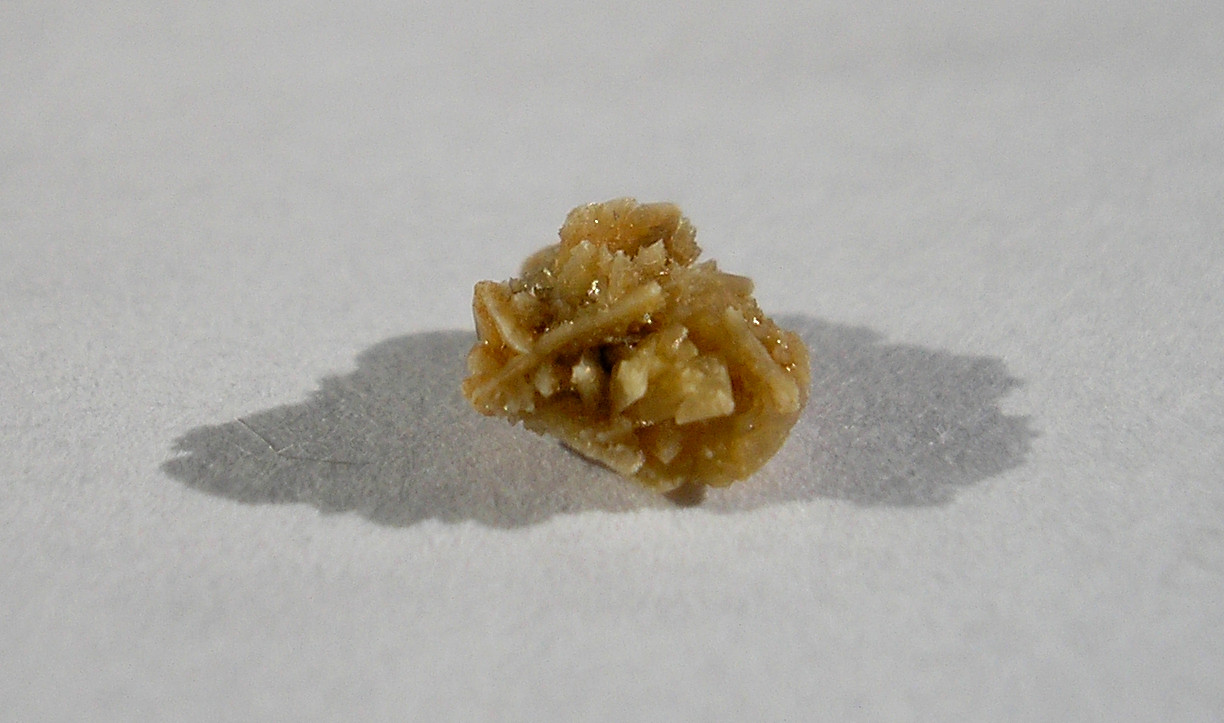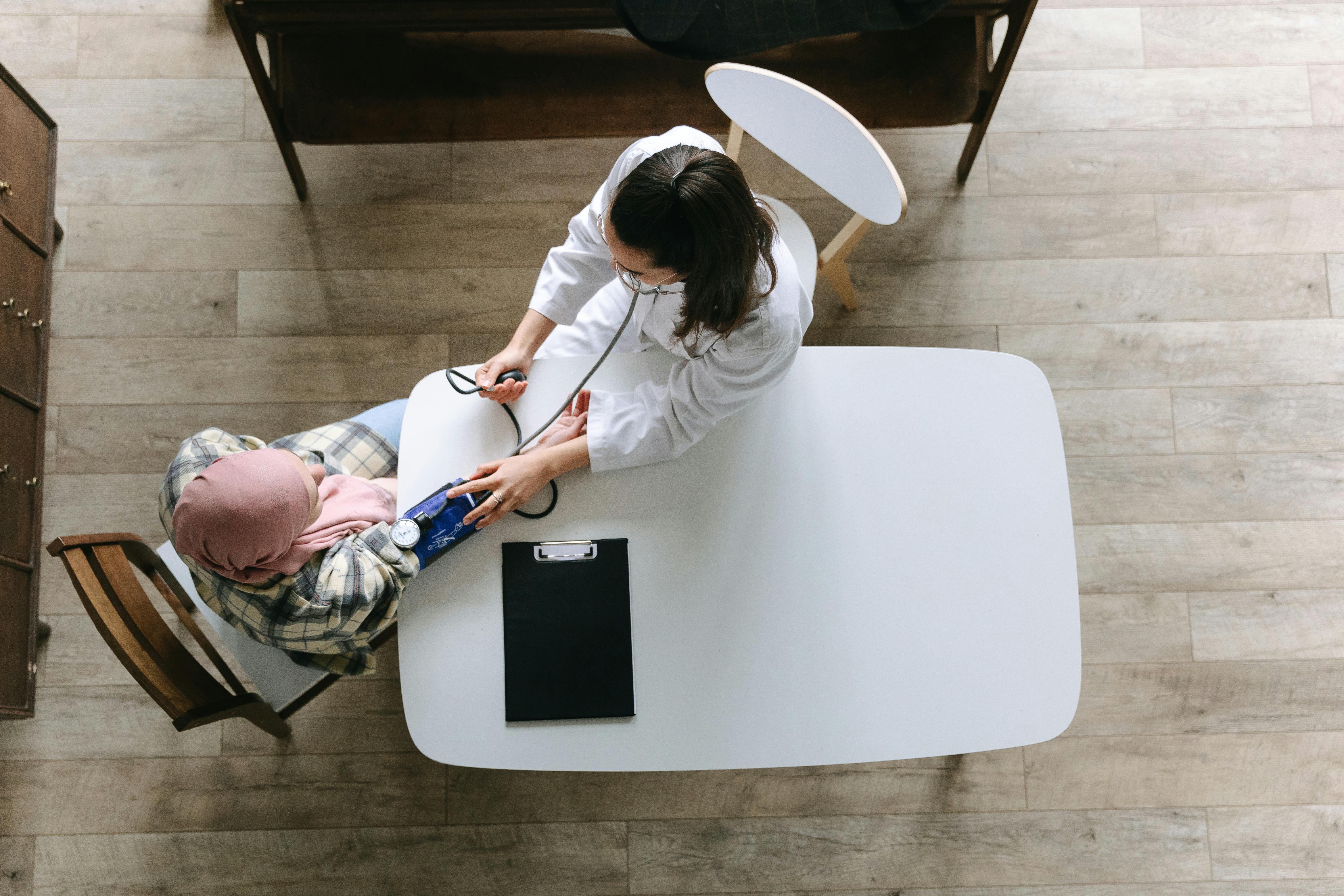Foolproof Ways to Spot the Sneaky Signs of Kidney Pain
9. Kidney Stone Movement

Kidney stones are a common cause of intense kidney pain, particularly when the stones move within the urinary tract. These hard deposits form when minerals crystallize in the kidneys, often due to dehydration, certain diets, or genetic predisposition. The pain typically begins in the flanks and can radiate to the lower abdomen, groin, or inner thighs as the stones travel through the ureters. This pain, often described as sharp and cramping, comes in waves and may be accompanied by nausea, vomiting, and hematuria (blood in the urine). Unlike muscular back pain, kidney stone pain doesn't improve with rest or position changes and often requires medical treatment. Doctors may use imaging studies such as CT scans or ultrasounds to confirm the diagnosis. Treatment options include hydration, pain relief, and medications to relax the ureters. In severe cases, surgical intervention or shockwave therapy may be necessary to remove the stones.
10. Polycystic Kidney Disease (PKD)

Polycystic kidney disease (PKD) is a genetic disorder that causes fluid-filled cysts to develop in the kidneys, leading to enlargement and dysfunction. This condition often produces dull, aching pain in the flanks or back, and it may radiate to the abdomen. As the cysts grow, they can cause pressure and discomfort, sometimes triggering acute pain if a cyst ruptures or becomes infected. Other symptoms include high blood pressure, hematuria, and recurrent urinary tract infections. PKD can also impair kidney function over time, potentially leading to kidney failure. Doctors diagnose PKD through family history, imaging studies like ultrasounds or MRIs, and blood tests to evaluate kidney function. Although there is no cure, treatments focus on managing symptoms, such as controlling blood pressure, relieving pain, and addressing infections. Regular monitoring is crucial for individuals with PKD to prevent complications and preserve kidney health.
